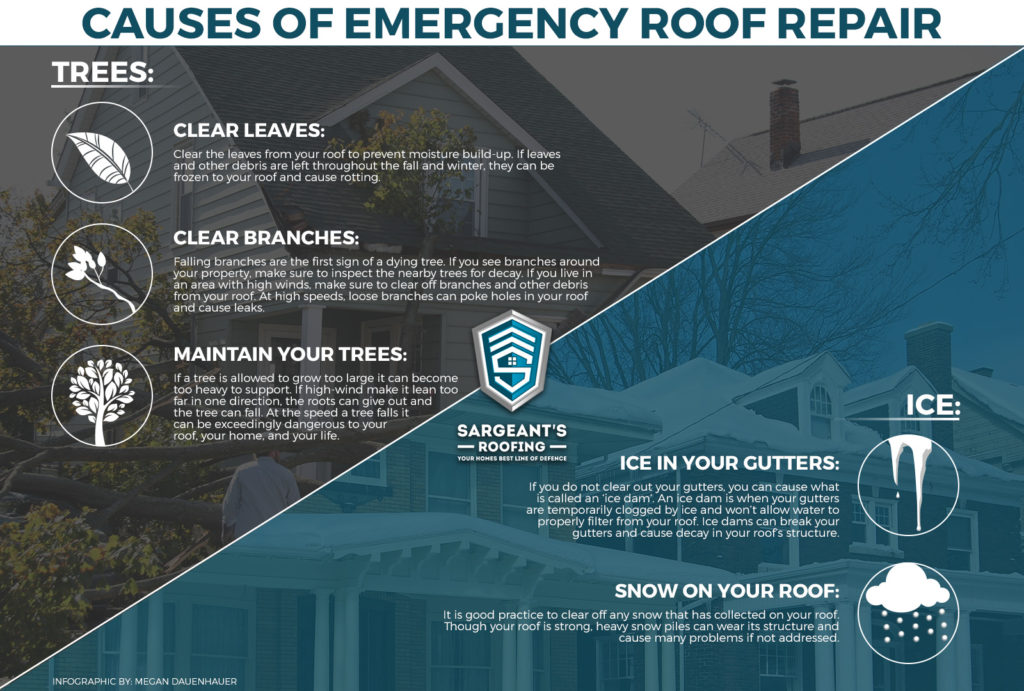The Impact Of Weather Condition On Roof Covering Setup: Ideal Seasons And Conditions For A Successful Project
The Impact Of Weather Condition On Roof Covering Setup: Ideal Seasons And Conditions For A Successful Project
Blog Article
Written By-McCoy Hedegaard
When it comes to roofing installations, the climate can make or break the job. Imagine the stress of handling materials that won't work together due to extreme heat or fighting unsafe surfaces brought on by unforeseen rainfall. Understanding the effect of weather conditions on your roofing project is essential for an effective result. So, let's explore just how various weather aspects can influence the top quality and durability of your roofing installment, making sure a work well done.
Effect of Temperature on Roof Covering Installment
When it concerns roofing system setup, temperature plays a crucial function in the process. The optimal temperature for roof projects typically drops between 45 and 85 degrees Fahrenheit. Severe warmth can trigger materials like roof shingles to end up being as well flexible, bring about possible damages throughout installment. On the other hand, cold temperatures can make materials breakable and vulnerable to splitting. It is essential to schedule roofing installments throughout moderate temperatures to make certain the very best result.
Throughout chillier climate, contractors might need to take added safety measures such as using warmed tools or permitting materials to warm up prior to setup.
In contrast, heat might need work to be done previously or later in the day to prevent the peak temperatures. By considering the temperature and its effects on roof covering materials, you can help guarantee an effective installment that will endure the aspects for several years to find.
Effect of Rainfall on Roof Covering Projects
Roof jobs can be substantially affected by precipitation, impacting both the timeline and the top quality of the setup. Rain or snow can create unsafe conditions, making it dangerous for roofers to deal with a wet surface area. Furthermore, moisture can jeopardize the attachment of products like roof shingles or underlayment, resulting in prospective leakages or damages in the future.
If it rainfalls during a roof job, the water can seep into prone locations, triggering delays as the installment crew must wait on the roof covering to dry before continuing. https://www.constructionnews.co.uk/financial/roofing-specialist-goes-under-23-01-2020/ can additionally promote the growth of mold and mildew and mildew, further endangering the honesty of the roof.
To stay clear of these concerns, it's advised to schedule roof jobs during drier periods or check the weather report very closely to prepare about any kind of possible rainstorms. By taking preventative measures to work in favorable weather, you can make sure a smoother and much more effective roof covering installment procedure.
Influence of Wind Rate on Installation Success
Throughout roof installment, the speed of the wind plays an important role in determining the success of the task. High wind rates can position substantial obstacles to roofing professionals, possibly leading to safety and security threats and quality concerns. When wind speeds go beyond suggested restrictions, it becomes difficult to take care of products, enhancing the danger of accidents and damage to the roofing products. Solid gusts can likewise affect the precision of measurements and the precision required for proper installment.
To make sure an effective roofing installment, it's important to keep an eye on and consider wind rates. Ideally, roofing setup should take place on days with reduced to modest wind rates. This not only enhances the safety and security of the employees yet additionally improves the overall quality of the setup.
Roof covering jobs scheduled throughout calm weather conditions are more likely to be completed effectively and with less errors. By focusing on browse around this website and planning appropriately, you can assist guarantee a smooth and effective roofing setup procedure.
Conclusion
So, when it concerns roofing system setup, remember to consider the climate condition to make certain an effective work. Ideal temperature levels, dry conditions, and modest wind rates are key variables to prioritize for a smooth setup procedure. By scheduling your task during the most effective periods and optimal weather, you can attain a resilient and durable roof covering that will safeguard your home for years to find.
